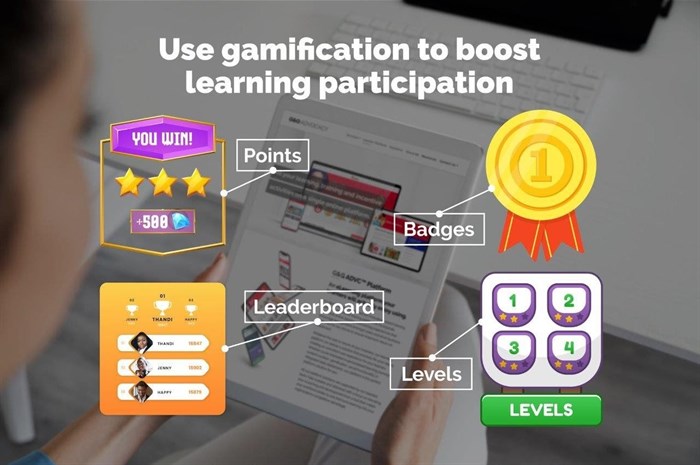Top stories



Marketing & MediaHow Spar is using localised marketing to redefine the urban retail experience
Karabo Ledwaba 2 days



More news





ESG & Sustainability
How South Africa’s conservation efforts can thrive with Indian partnership










We usually don’t emerge from a party with a ranked list of who the best conversationalists were; social media, on the other hand, offers both short-term rankings (likes and shares for each post or tweet) and long-term rankings (follower counts). Most importantly, the rankings are entirely unambiguous. Unlike a conversation at a party, with social media, we know exactly how well each post did, and can instantly compare performance against others. This provides all sorts of pleasures and pains - the thrill of victory when our likes go up and the pain when a measly two or three thumbs up (usually from our family) are the only acknowledgement we get.
This is one of the core principles of gamification, that technology increases motivation and imbue everyday activities with all the fun and excitement of a game. Gamification increases overall participation and can be highly effective in enriching your organisation’s e-learning.
Here are a few things you should know about gamification and how you can use it to level up your e-learning strategy.
Gamification can provide engaging and immersive learning experiences that encourages employees to apply their learning at work. Throw in rewards, recognition, and public displays of achievement and you have a winning combination that keeps learners engaged from start to completion and substantially reduces drop off rates.

Unlike traditional e-learning, gamification evokes friendly competition, assists employees in celebrating their achievements, drives innovation, and creates and embeds positive behaviour changes.
But perhaps the greatest effect of gamification in e-learning is the increased retention rates and the high probability employees will apply their new skills in the workplace. Gamification uses scientific principles of repeated retrieval and repetition to bring about remarkable changes in behaviour. While games are fun, they can still have a significant impact on learning.

Gamification can be used for serious learning and G&G Advocacy has ongoing success using gamification principles for a variety of corporate e-learning solutions, such as professional skills development, product training, soft skills, employee induction and onboarding, compliance and regulations training, technology training, sales, medical compliance and much more. Gamified courses, modules and even bite-sized information packets can and should be designed and implemented to meet specific learning outcomes to assist organisations with meeting their learning objectives and to be a driver for meeting greater business goals.
Don’t feel overwhelmed trying to understand how to retrofit engaging gaming experiences into your existing e-learning programmes. With the right understanding of your learning objectives, by employee profile, and with the right platform, you can introduce gamification by:
Gamification is not difficult to apply to your e-learning, and is well worth the time and investment as it will not only make your e-learning fun and engaging, it will also enhance completion rates, ignite healthy competition, forge learning champions in your organisations, and nurture a growth mindset and a culture of innovation.
